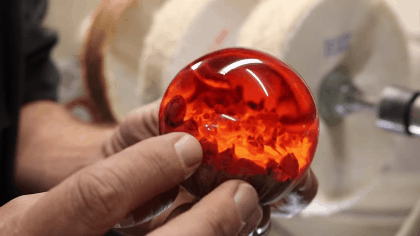transatlantic":3jfulrij said:
Other than a bow tie, were the imperfections left as is? or was the material simply not used?
I'm not only refering to live edge tables here, or large slabs, but anything with a natural crack or a hole.
This is an interesting question but a little broad in scope. Covering all woodwork? Furniture, or just good furniture and if so, how good? Period(s)? From which country/countries?
I know we like to think that with abundant good wood flawed material was selected out and confined to the fire, and there must be a grain of truth to that because some of the earliest woodworking books specify that's what was done. But they're talking about the wood for show surfaces and structural members, for internal components that didn't serve a structural role the standard would be lower, for the backs or other surfaces that were rarely or never seen pretty shoddy stuff could be used as-is (in addition to being left rough from the jack or scrub plane, so the surface could be rough as rats). This is even on some pretty high-end furniture, not the period equivalent of Oak Furnitureland tat!
For the surfaces you would see, on more utilitarian work Dutchmen (or whatever the local tradition called patches of that ilk) might have been the only method used to cover large or ugly flaws, with other minor defects just left. On work of higher quality, the occasional inlet slip or patch, carefully grain matched, along with modest use of beaumontage and shellac or coloured wax probably covers it, until you get to the finishing stages.
transatlantic":3jfulrij said:
Personally, I really don't like the epoxy look, so my preference would be to leave the minor imperfections, and avoid the major ones, but then those cracks/holes just fill up with gunk.
Do you object to it because it's generally made so obvious, such as in all the black/dark brown fills? Would a more colour-matching fill be more acceptable?
I am a bit sick of it myself, but epoxy is a good material for this kind of filling work and its use doesn't have to be starkly obvious.





